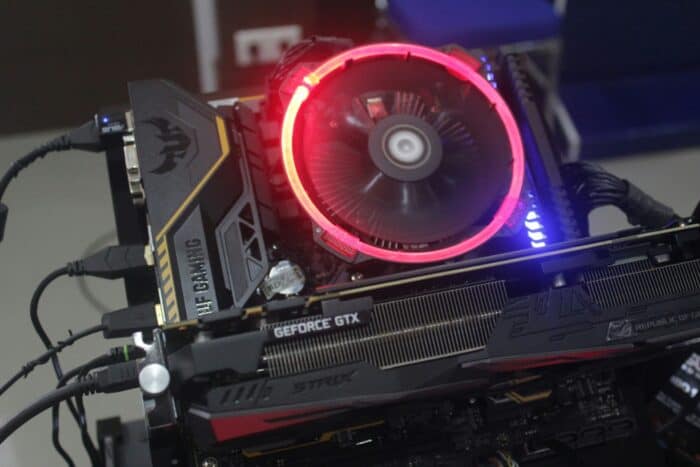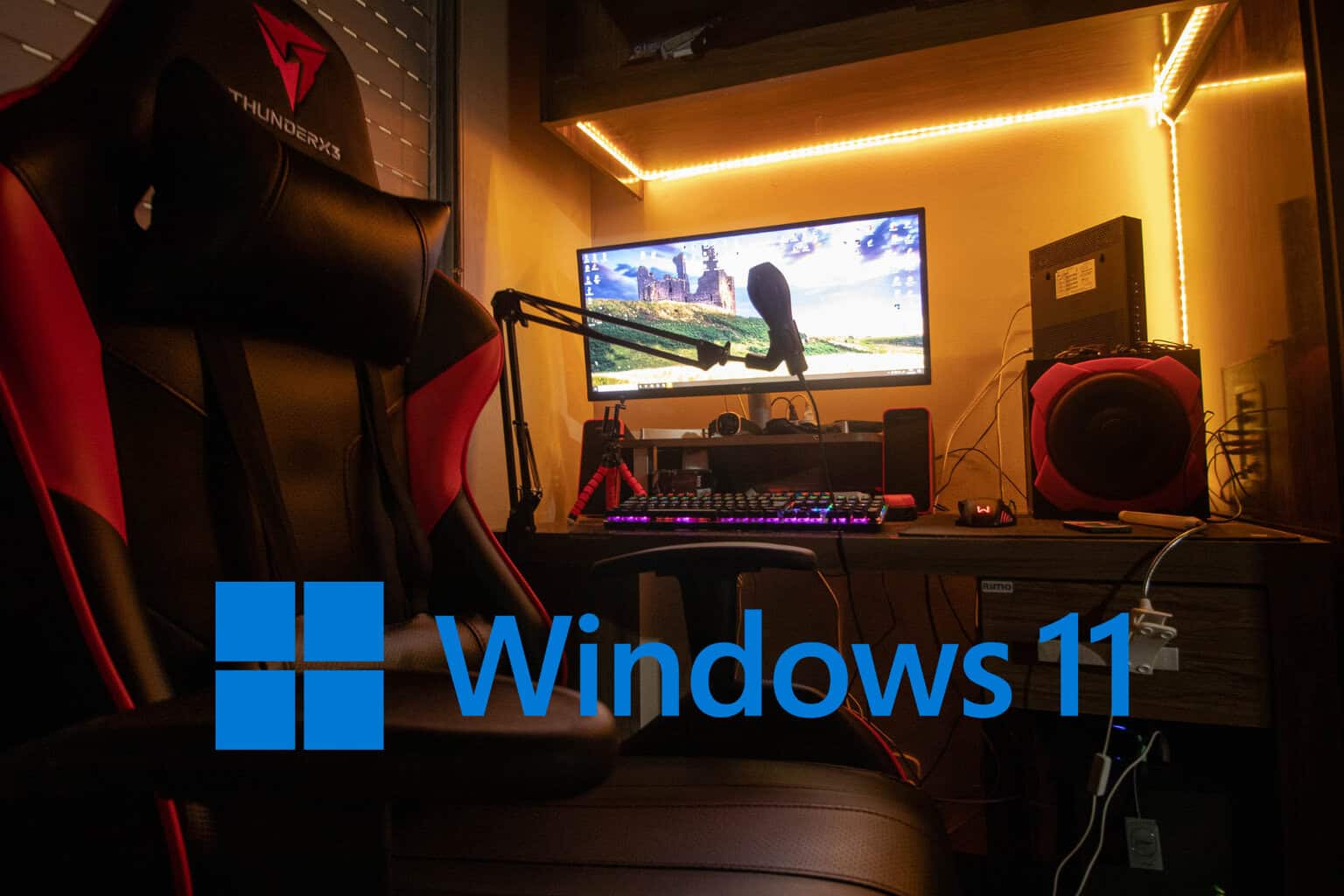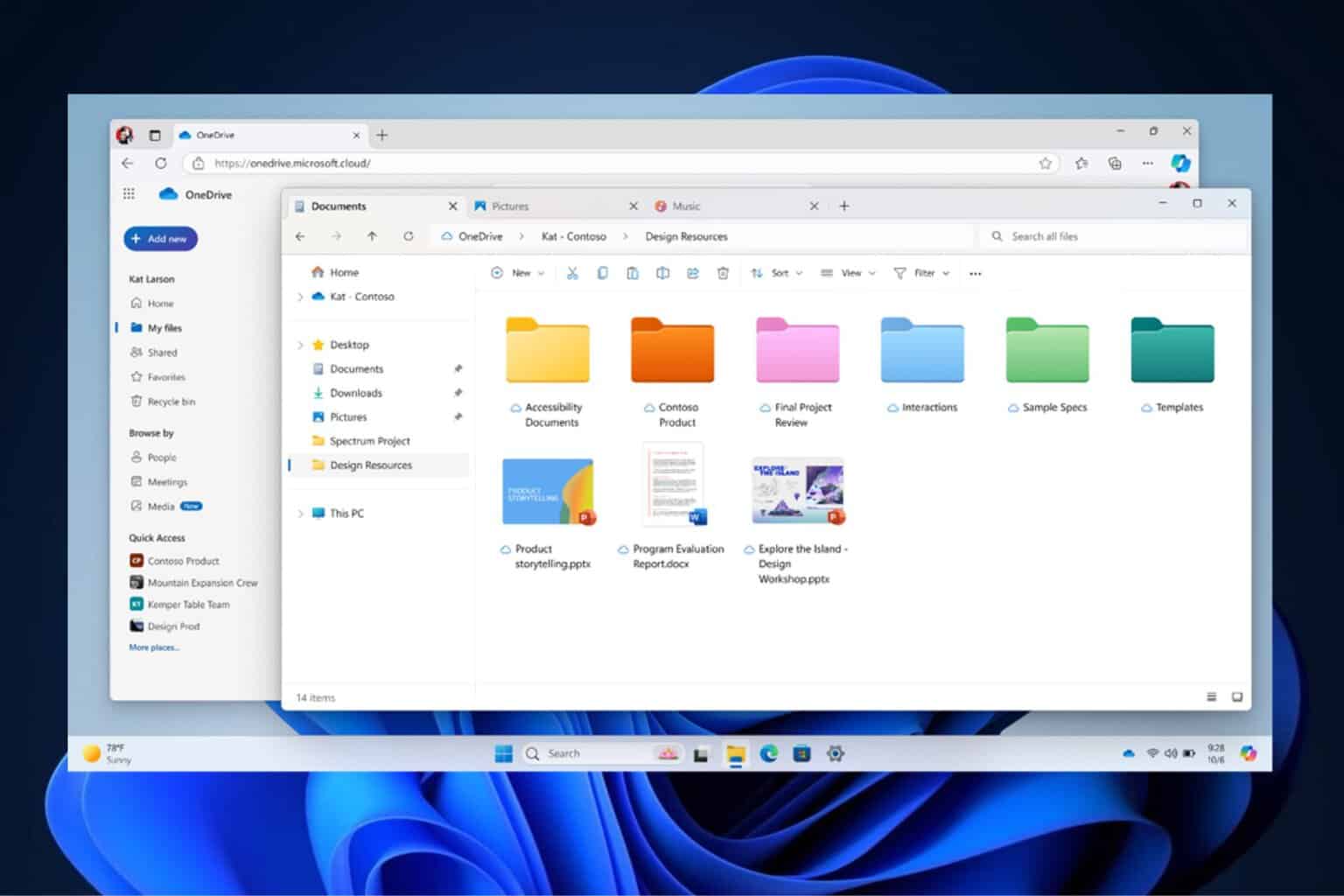A potential Nvidia RTX 5000 Series release date: Here's everything you need to know
The highly anticipated GPU cards could be out sooner than expected.
4 min. read
Published on
Read our disclosure page to find out how can you help Windows Report sustain the editorial team. Read more

In the constantly changing world of graphics cards, people are discussing Nvidia’s future steps with the GeForce RTX 5000 series, such as their theoretical performance, a possible release date, and an estimated price. This big jump—Nvidia, a powerful player in the GPU sector and one of the biggest companies in the world, has been fiercely competing against AMD to be the top maker of the best consumer-level graphic card.
While the RTX 4000 range has already created ripples due to its remarkable capacity for ray-tracing and better frame rates, attention is now focused on what the “Blackwell,” also known as the RTX 5000 series, will offer.
There are rumors that a wide range of improvements, like the GDDR7 memory with high bandwidth and backing for PCIe 5.0, could change how gaming and content creation are done. Yet, even with all these forward steps, it’s hard not to think about what cost this new beast will bear.
Nvidia usually presents new products every two years, but talks in the tech world suggest a release date for the new 5000 series between the end of 2024 and the beginning of 2025. This timeframe might change according to how well the RTX 4000 line sells or if AMD’s RDNA 4 series becomes more competitive. The talk regarding the launch date is very erratic, with some people saying it will be out this year while others believe we won’t see it until next year.
The 5000 series release date could change depending on how NVIDIA’s current graphics cards perform against rival options from AMD and Intel – particularly under pressure from Apple Silicon M1 chips. However, talking about dates for product releases can be very imprecise. Nobody can say precisely when the new graphics cards will come out because this depends on many factors, such as ensuring enough chips and other parts are available to produce them in large quantities.
Also important is not rushing things too much so they can guarantee high quality when they hit store shelves without any problems during use or testing stages before production begins (also known as “yield issues”). All these variables make pinning down an exact time for the Nvidia 5000 series release date quite difficult, even though general trends may give us clues about possible windows for release periods – like late December through early January, as one example here mentioned before, with some potential flexibility.
Nobody can predict prices exactly yet, but usually, when a new flagship like the RTX 5090 comes out, it remains similar to the launch price of its previous version. However, there might be a chance for an increase too.
What might the RTX 5000 series have in store? Stories are circulating that Nvidia could adopt a Multi-Chip Module (MCM) design for its top-level products, which would differ from its usual monolithic method. This change might make the GPUs more flexible and possibly stronger. Additionally, there is anticipation that the flagship models will have GDDR7 memory, which could considerably increase bandwidth. However, with this thrilling progress, the important issue of affordability has arisen. Would these fresh GPUs be within reach for regular consumers, or will they focus only on the high-end market?
The technical improvements are noteworthy. For instance, the RTX 5090 is said to have a remarkable 24,576 CUDA cores and a memory bus that’s 512 bits wide. This suggests an unmatched level of performance, but as we know, high power brings high consumption; this means they might need lots of watts due to their support for PCIe 5.0. The ability to show things is also receiving an increase. As the talk goes, there might be support for the DisplayPort 2.1 standard, allowing even bigger resolutions and fresh rates.
But should we accept these rumors without question? The sources seem reliable, but last-minute alterations and strategic shifts are common in tech. An alleged TDP of 800W for the RTX 4090 did stir some excitement—yet it turned out to be a more feasible 450W. It’s a gentle poke at all the excitement and guesswork surrounding the RTX 5000 series. Until Nvidia makes an official announcement, you should take them with a pinch of salt.








User forum
0 messages